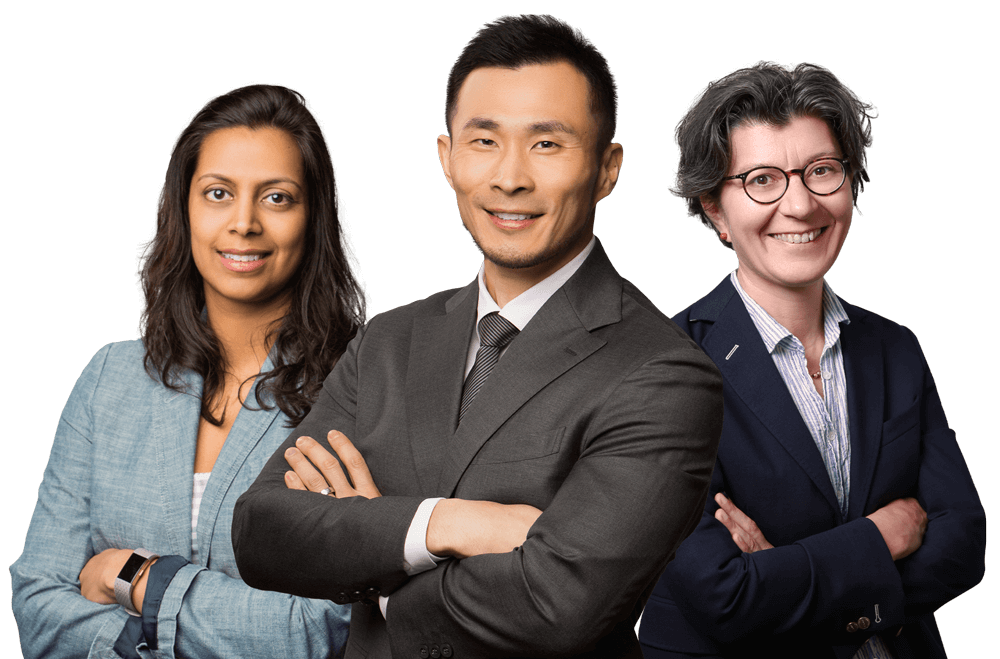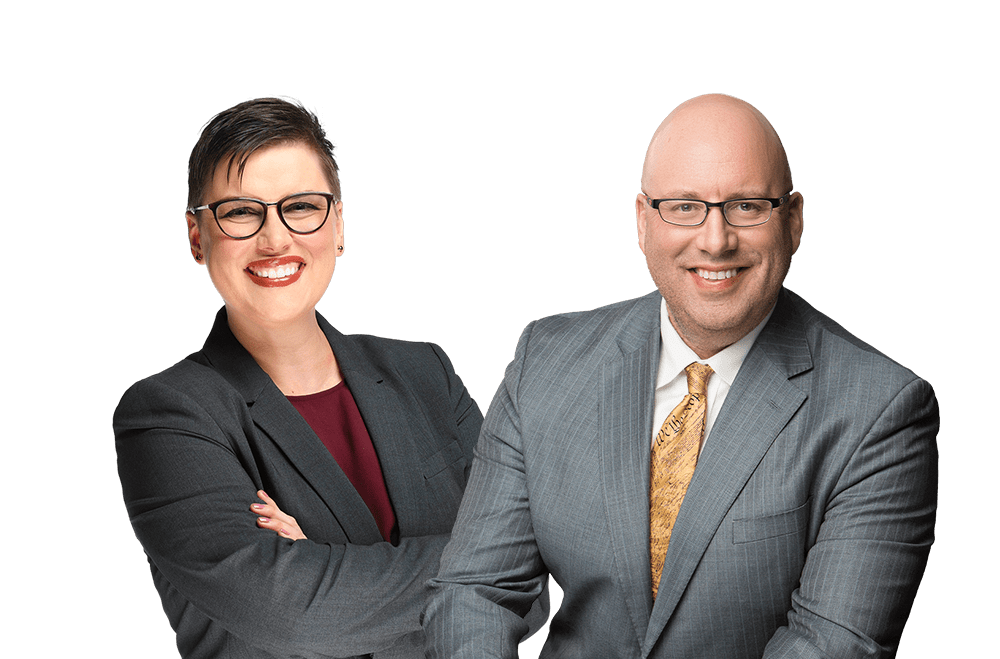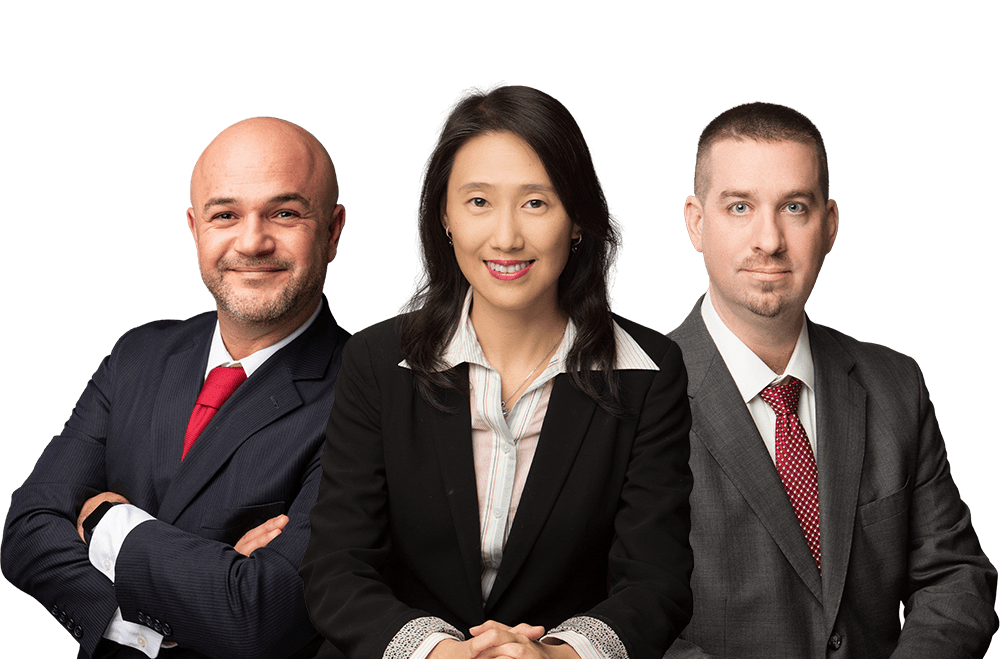Inventorship of AI-made Inventions: A World Status
A number of decisions relating to the designation of Artificial Intelligence (AI) as inventor have been recently issued in several jurisdictions, including the US and Europe. So far, only two jurisdictions, South Africa and Australia, have accepted this designation, whereas the position of Asian countries is still unknown. While a different approach is not to be excluded in the future due to the increasing number of patent applications filed in the AI field, applicants should be aware that a refusal of applications whose one of the inventors is an AI is currently the most likely outcome at least in the US and Europe.
According to the current approach followed by the European Patent Office (EPO), the U.K. Intellectual Property Office (UKIPO) and the U.S. Patent and Trademark Office (USPTO), as well as by a UK court and a US court, an inventor designated in a patent application cannot be a machine.
Filed in late 2018 by a team of international patent attorneys led by Ryan Abbott, a professor at the University of Surrey, European patent applications EP 18 275 163 and EP 18 275 174, aka the “DABUS applications”, were refused by EPO following oral proceedings with the applicant in November 2019. Both applications were refused on the grounds that they do not meet the legal requirement of the European Patent Convention (EPC) that an inventor designated in the application has to be a natural person, and thus cannot be a machine. The applications have gained worldwide attention as they are believed to be the first attempt of designating an AI as inventor.
DABUS is a machine created by Missouri physicist Stephen Thaler. This machine is a new type of connectionist AI and stands for “Device for Autonomous Bootstrapping of Unified Sentience”. As described on the “Artificial Inventor Project” website, in DABUS, “controlled chaos combines whole neural nets, each containing simple notions, into complex notions (e.g., inventions). The representation of ideas takes the form of snake-like chains of nets often involving millions to trillions of artificial neurons. Similarly, the consequences sprouting from these notions are represented as chained nets whose formation may trigger the release of simulated reward or penalty neurotransmitters to either reinforce any worthwhile idea or otherwise erase it. As these serpentine forms appear, they are filtered for their self-assessed novelty, utility or value and then absorbed within another net that serves as an interrogatable ‘witness’ of ideas cumulatively developed by the system” (emphasis added). In other words, DABUS relies on a first system of networks to generate new ideas, while a second system thereof detects the consequences of the ideas.
DABUS may be trained either through human-supervised learning or through unsupervised learning. In the case of the two aforementioned European applications, which are directed to a beverage container based on fractal geometry, and a beacon that may be useful in search and rescue missions, respectively, the inventions were stated to be autonomously generated by DABUS, which was not designed to solve a particular problem and did not receive special training relevant to the inventions. According to Pr. Abbott, “DABUS identified the novelty of its own idea before a natural person did”. Related applications, in which DABUS is listed as sole inventor, have been filed also with the USPTO, the UKIPO, and the World Intellectual Property Office (WIPO).
Therefore, interestingly enough, DABUS has served as a Trojan horse slipped into different Patent Offices, testing Patent Offices’ approaches around the world as regards the extension of inventorship to AI. So far, the EPO, UKIPO and USPTO, but also UK courts (the High Court and the Court of Appeal), and a US court (the US District Court for the Eastern District of Virginia) have all declined such an extension. Common across these rejections is the requirement that inventors be natural persons.
Turning back to the EPO, for example, this Office noted that there appears to be an internationally applicable standard that the term inventor is understood to be a natural person, and that numerous courts have issued decisions consistent with this understanding. The two decisions issued from the EPO’s Examining Divisions which have examined the above-mentioned European applications were appealed. In June 2021, the EPO Legal Board of Appeal (BoA) issued two preliminary communications (J8/20 and J9/20) agreeing with the Examining Divisions’ first-instance decisions, and stating that, under Article 60 of the EPC, an inventor on a patent application must have “legal capacity”, meaning the “ability, according to a source of law, to be the subject of rights and duties”, as governed by national law. According to the Legal BoA’s knowledge, DABUS does not have legal capacity under any applicable law, and if it did, “the appellant would bear the burden of proof, since the law concerned would be foreign law vis-à-vis the EPC”.
Likewise, the UKIPO rejected the argument that DABUS was the properly named inventor. According to the Office, the inventor and the “person” who has to be named as inventor are one and the same, namely a natural person, i.e., a human being and not an AI machine. This decision was upheld on appeal before the High Court. In September 2021, the Court of Appeal considered that the UKIPO was right to reject the DABUS application, because the UK law states that a natural person has to be named as inventor. Court of Appeal Judge Elisabeth Laing deemed that if patents were granted in respect of inventions made by machines, then the 1977 UK Patent Act would have to be amended. Given the British government's recent push to review regulations in order to foster investments in AI, reforms providing a legal basis for designating AI as inventor are not impossible and the judgement could end up in the UK’s Supreme Court, even though the general sense in the industry at the moment is that AI systems are being used to complement humans in their creative endeavors, rather than to replace them.
Along a similar line of reasoning, the USPTO stated that several Federal Circuit rulings support the notion that only an individual or individuals can be listed as inventor(s) under US patent law, which generally uses this term to define an inventor. The federal statutory meaning of “individual”, and therefore “inventor”, seems to be soundly established as limited to natural persons. Therefore, in response to a request for reconsideration, the USPTO ruled in April 2020 that the DABUS US patent application was incomplete because an inventor’s name was missing. This was confirmed in September 2021 by the US District Court for the Eastern District of Virginia, who ruled that AI cannot be listed as an inventor in a patent application, and deemed that the US Patent Code makes clear that inventing is the exclusive right of natural persons, i.e., human beings. According to Judge Brinkema, "[the] Plaintiff's policy arguments [relying on the contention that allowing AI machines to be inventors will incentivize AI’s development to create new inventions] do not override the overwhelming evidence that Congress intended to limit the definition of 'inventor' to natural persons". Additionally, she pointed out that this is a premature issue for lawmakers, because AI has not reached a level of sophistication such that it might satisfy the accepted meaning of inventorship yet, and that it will be up to the Congress to decide whether and how it wants to expand the scope of patent law.
Hence, until summer 2021, every country that had considered the applications had rejected them. However, the Companies and Intellectual Property Commission (CIPC), the South African Patent Office, granted patents on DABUS’s inventions in July 2021, noting that “[the] invention was autonomously generated by an artificial intelligence”. Two days later, the Federal Court of Australia held that DABUS could be an inventor under Australia’s Patents Act, thus overturning the previous refusal from IP Australia, the Australian Patent Office, to allow DABUS to be named as inventor. The court reasoned that under the Australian Act an inventor is an agent, which could include AI systems or devices. According to Judge Beach, the decision is “consistent with the reality of the current technology, with the [Australian] Act, and with promoting innovation”. The decision may be appealed before the Full Federal Court.
Despite the approach according to which an inventor should be a natural person or an individual, and the absence of any national law worldwide providing that a thing can be recognized as an inventor, the upcoming decisions from the Asian Patent Offices could contribute to further develop the debate and could, at least in principle, also be surprisingly lenient. For example, the Japanese Patent Act and the Korean Patent Act do not include an explicit definition of inventor. Further, the Chinese State Council called for improved intellectual property protections in order to promote AI, and the number of Chinese patent applications in this field is yearly more than double than the number of AI-related patent applications filed in the US.
Without lawmaking action to protect AI inventions in the countries so far explicitly or implicitly requiring that an inventor be a natural person having legal capacity, the more flexible approaches may prompt innovators to consider moving part of their industry to countries in which their property will receive stronger protection. Under this scenario, other countries around the world having hitherto a stricter approach to AI inventorship might re-evaluate the issue and operate major overhauls, instead of defining the contours of inventorship under the current statutory scheme only. A more nuanced picture could result if for example the USPTO decided to change its assessment of inventorship according to US patent law in terms of “who [truly] conceived the invention”, and “contributed to the conception of the invention”.




